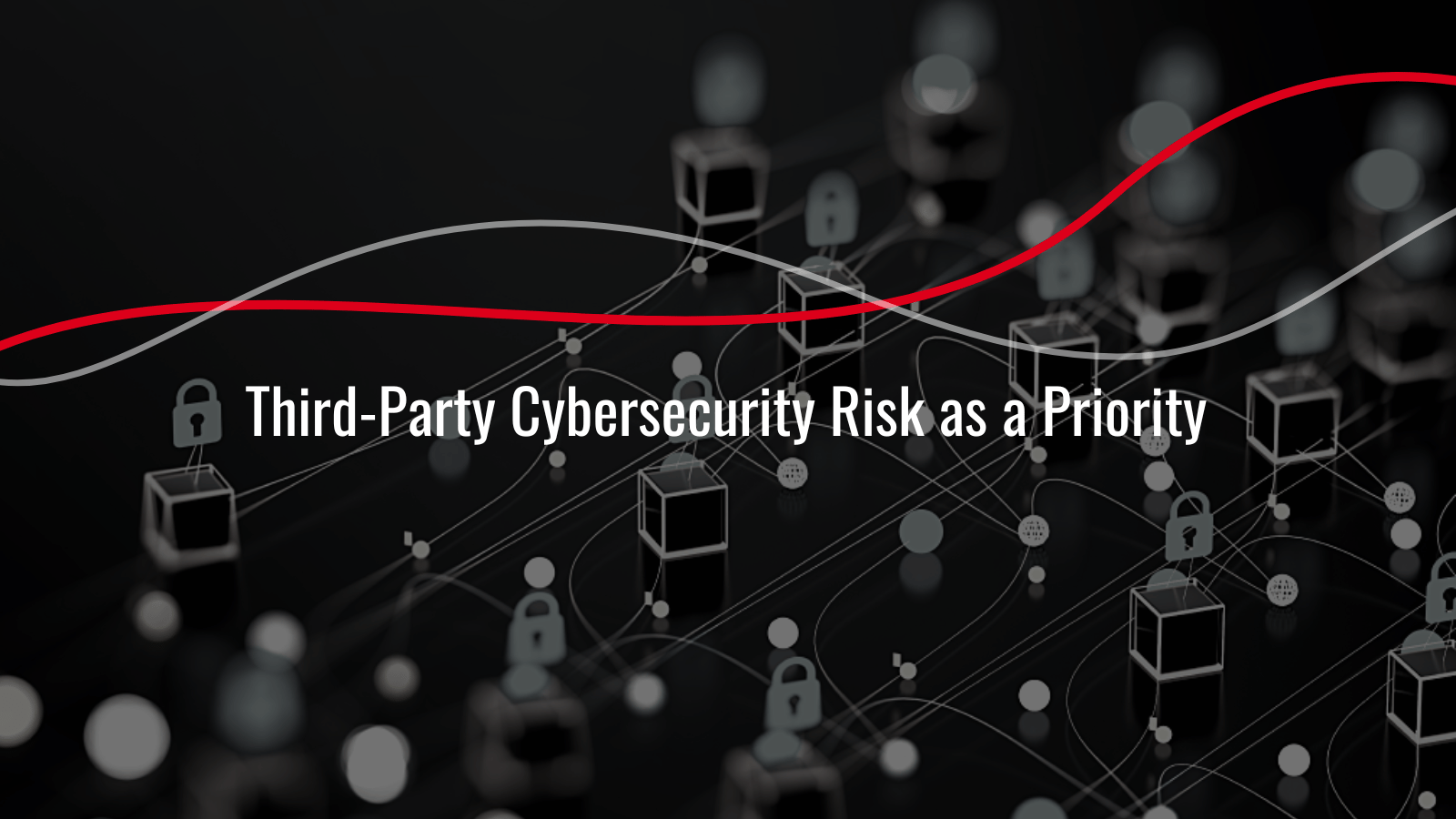What is a DDoS Attack: Definition, Types, and Prevention
A distributed denial-of-service (DDoS) attack is a malicious attempt to interrupt a targeted server or a network's regular traffic by flooding the target...

The complexity of modern business processes has led to an increase in the use of third-party vendors to perform a wide range of services. Avoiding such collaborations is not an option for the most of companies due to the significant value third-party vendors bring to businesses. Thus, implementation of third-party cybersecurity measures is equally vital for the companies as the other aspects.
According to the 2022 Cost of a Data Breach Report by IBM, a third-party data breach costs $4.55 million. This highlights the importance of addressing the cybersecurity risk posed by third parties.
This article defines third-party cybersecurity risk, explains why it is so important and offers efficient cybersecurity strategies for reducing it.
The term "third-party" refers to any entity outside of an organization that plays a role in its "environment" or "supply chain." Using any third-party service or system carries with it the risk of exposure to cyber threats such as unauthorized access, data breaches, and other malicious activities.
While many businesses have taken steps to ensure their networks are secure, even the best defenses can be breached if their third-party partners do not implement proper cybersecurity mechanisms aligned with the company’s policies and procedures.
It is a well-known fact that cooperating with external vendors increases the attack surface of the company. Cybercriminals often utilize the compromised system of a third party that has fallen victim to malware or a data breach to launch attacks on other, more valuable targets, which are often all associated organizations.
When a third party fails to execute compliance properly, it can harm an organization's ability to comply with applicable laws, regulations, and agreements related to cybersecurity. The organization could be at risk if a data breach leads to privacy violations. Considering that external parties are the source of 80% of data breaches nowadays, this risk is paramount for modern businesses.
Data breach led by third party can lead to penalties, fines, and even compensations for customers. This can result to significant financial losses. In addition, accidents of this nature lead to a devastating loss of customer trust.
The two main reasons for the importance placed on mitigating cybersecurity risks posed by third parties are:
More than half of all businesses have had data stolen by an outsider. By breaching a single organization's third-party defenses, cybercriminals gain access to several targets and can steal from them with a single successful attack. The prevalence of these attacks has taught organizations to evaluate their defenses, but they may not immediately think to check the security measures their third-party vendors took.
Conducting thorough third-party risk management (TPRM) often includes the following procedures as best practices for reducing cybersecurity risks associated with third parties:
The first stage is to take inventory of the current parties, rank them in order of importance, and then establish a thorough review system for each, whether they are an existing vendor or a potential replacement. The service provider's security procedures and practices will be examined, which entails checking their security certifications, vendor risk assessment, security policy reviews, and penetration tests.
Companies should ensure robust security measures in making contractors accountable for protecting the privacy and integrity of the information and infrastructure they access. The contract should outline the necessary safety precautions and the repercussions for failing to take them.
Monitoring and assessing the risk associated with third-party services allows the company to be on alert for any potential vulnerabilities and take steps to reduce any risks identified, regardless of how robust its cybersecurity measures may be.
When collaborating with a third party, it is necessary to grant them access and privileges, necessitating additional security measures. Data encryption, restricted access, and multiple-factor authentication(MFA) are all necessary measures of such safeguards. Additionally, businesses must ensure that their external service suppliers put similar safeguards in place and keep them current.
It is better to be safe than sorry, so having a plan for responding to emergencies is crucial. Organizations can swiftly identify and address security incidents involving third-party services thanks to the comprehensive incident response plan. Procedures for reporting events, conducting investigations, and communicating results should all be outlined in the plan.
Although outsourcing to third-party service providers might save money and provide flexibility, it also comes with high-profile cybersecurity threats. Thus, today's businesses need to incorporate third-party risk management into their existing cybersecurity initiatives to ensure the continued safety of their information infrastructure.